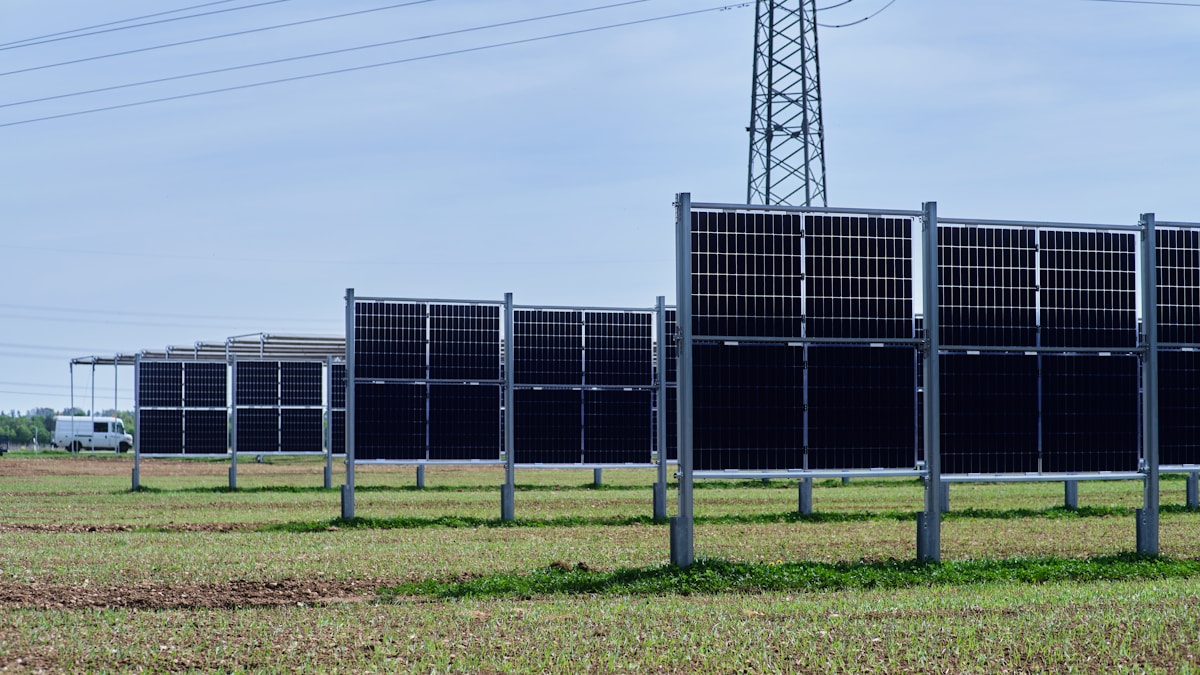Back to Industry News
Cleantech
Energy Storage and Balancing Engines Crucial for Renewable Integration
Summary generated with AI, editor-reviewed
Heartspace News Desk

Photo by Michael Förtsch on Unsplash
Key takeaways
- Grid balancing technologies and energy storage are essential for realizing the full economic advantages of renewable energy
- Anders Lindberg, President of Wärtsilä, highlights this need amid polarized discussions on net zero targets and energy costs
- Renewables now form 90% of new power capacity, yet energy prices have climbed
Grid balancing technologies and energy storage are essential for realizing the full economic advantages of renewable energy. Anders Lindberg, President of Wärtsilä, highlights this need amid polarized discussions on net zero targets and energy costs. Renewables now form 90% of new power capacity, yet energy prices have climbed. This disconnect leaves stakeholders questioning the tangible benefits of green investments.
Excess renewable generation leads to energy waste through curtailment, forcing shutdowns of wind and solar farms. This practice increased costs significantly, with Britain’s electricity network facing an additional £253 million in the first two months of 2025. Lindberg stresses that investing in balancing solutions and storage systems directly combats this waste and boosts grid efficiency. He advocates for a combined approach of renewables, storage, and balancing engines. This strategy offers a clear path to net zero goals. Such integration could yield cumulative savings of €65 trillion by 2050, according to Wärtsilä's analysis.
Related Topics
energy storagegrid balancingrenewable energynet zeroenergy costscurtailment
Want coverage like this for your company?
Local & industry wins build trusted proof, SEO/geo signals and prime national editors.
Check fit (2 min)